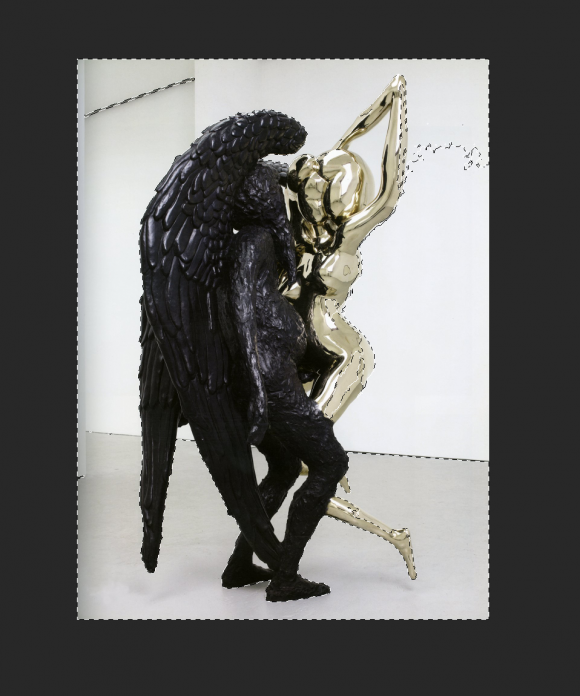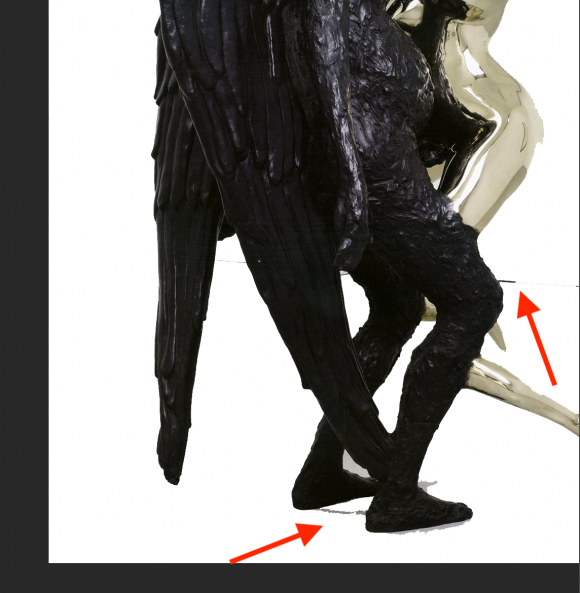The University of Chicago has recently released a new web resource called Public Art on Campus which seeks to catalog, document, and provide contextual and critical information about the works of art on campus. There is an accompanying video which provides an overview of the works on campus. The website allows users to browse works by location, artist, and title and for selected works users can read an artist bibliography and an essay about the work. These selected works also include archival images and documents relevant to the work.
The VRC supports this project by maintaining the UChicago Public Art Collection and Archive in collaboration with the Smart Museum of Art, UChicago Arts, and Christine Mehring of the Department of Art History. This dedicated, password-protected collection is accessible to all on-campus users and off-campus users who have a CNetID and password. If you’d like to explore more, the Luna collection contains archival photographs, audio, video, conservation information, and other ephemeral documentation pertaining to the public works on campus.




